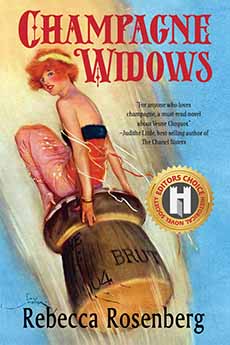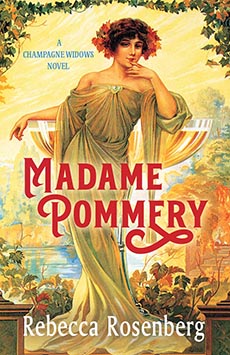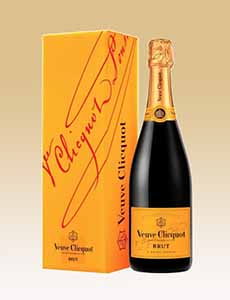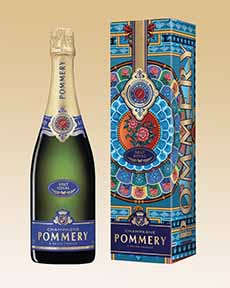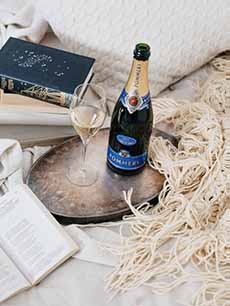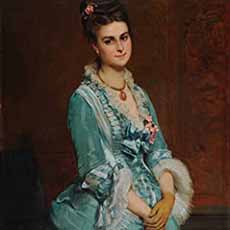Veuve Clicquot & Pommery Champagne & Great Books For Mother’s Day
|
|
Recently we had two reading experiences that we deemed to be perfect as gifts for the Champagne lover. Historical novels written by Rebecca Rosenberg, each book focused on a woman who became a legendary Champagne producer: Barbe-Nicole Ponsardin Clicquot, the eponymous Veuve Clicquot, and Louise Pommery, of Champagne Pommery. In the early 19th century, the Napoleonic Code denied women civil and political rights, prohibiting them from working, voting, or earning money. Nor could they attend schools and universities without the consent of their husbands or fathers. Widows were the only women in France allowed to run their own businesses. Both Madame Clicquot and Madame Pommery became role models for entrepreneurs, showing persistence and courage against the odds, with diligence and vision that engendered positive change in their industry. The books weave their efforts with the history of the times, in fascinating, colorful, and lively page-turners. Both women were amazing irrespective of their gender. Their achievements included keeping their wineries going while facing wars, ruinous agricultural seasons, lack of funds to pay for staff and operations, and difficult business partners, all while raising children and maintaining a household. As women, they withstood the scorn of men and other women who believed a woman’s place was in the home, and that women could not, and should not, be winemakers. Was it a benefit to be a woman when invasion by alien armies meant the conscription of their workers and the confiscation of their horses, livestock, food, and the wines themselves? At least women couldn’t be conscripted; but by the same token, no winemaker of either gender could ship Champagne through a war zone to the big buyers outside of France. Unless, of course, they could figure out some sort of subterfuge…. As a gift for any fan of Champagne, we highly recommend gifting one or both books with a corresponding bottle of Champagne. Barbe-Nicole Ponsardin (1777-1866, photo #8), daughter of the affluent Baron Nicolas Ponsardin, married François Clicquot at the age of 21. Her husband died just six years later leaving her a widow (veuve in French) at 27 with a young daughter. The widow began a lifetime of fighting: not only fighting for her assets during six Napoleonic wars, but fighting the French social class system, the “women belong at home” Champagne patriarchs and her own obstinate business partners. During a lifetime of striving to ensure her winery’s legacy, she taught herself the complexities of making better-quality Champagne. Her efforts were greatly enhanced by the gift of “Le Nez,” an uncanny sense of smell said to be inherited from her great-grandfather, a renowned producer of Champagne. Nose aside, one of Madame Clicquot’s innovations was the technique called riddling. Prior to then (1816), Champagne was cloudy as a result of the sediment in the bottles that remained from the yeast used to ferment the wine and create the bubbles. She also created: Give it with a bottle of Veuve Clicquot. Here are the different wines. Jeanne Alexandrine Louise Mélin (1819-1890, photo #7), married Alexandre-Louis Pommery, who owned a winery that was making light reds and very sweet sparkling wines. She was widowed at thirty-eight with two children to support. Unlike Madame Clicquot, who hailed from a wealthy family, Madame Pommery needed an income. Taking the burden of the winery upon her shoulders, Madame Pommery ditched the reds and revolutionized her Champagne by turning it from a sweet dessert wine* to a dry style that evolved into the brut style we enjoy today. (Today, there are seven levels of sweetness in Champagne.) Her motivation was the British market, typically the largest customer for French wines. British palates preferred less sweet wines. Champagne Pommery was the first house to commercialize a brut Champagne in 1874—to the scorn of other Champagne makers, who said no one would want it. Madame Pommery had the last laugh: Soon enough, her competitors were adapting her brut style. In the vineyard, she left the grapes on the vine to ripen for a longer time and made quality improvements in viticulture. In addition to style and quality improvements, Madame Pommery was also a pioneer in the treatment of her workers, providing them with a living wage and benefits. The drama never ended in Madame’s quest to keep her business going. Her son and all of her workers are conscripted to fight in the Franco-Prussian war (1870-1871—Madame taught their wives the techniques so they could take their husbands’ places). After Napoleon and more than 100,000 French troops were captured (including Madame’s son), the Prussians invaded France. Prussian General Frederick Franz II, Grand Duke of Mecklenburg-Schwerin, rode into town and commandeered Madame Pommery’s house as his army headquarters. What to do then? Madame then secretly excavated ancient Roman chalk quarries under the Reims city dump (!) and moved her bottles there, innovating again by storing and aging Champagne in cool constant temperatures. The wine caves were also useful for hiding partisans! Get the book “Madame Pommery.” Give it with a bottle of Champagne Pommery. Here are the different wines. |
|
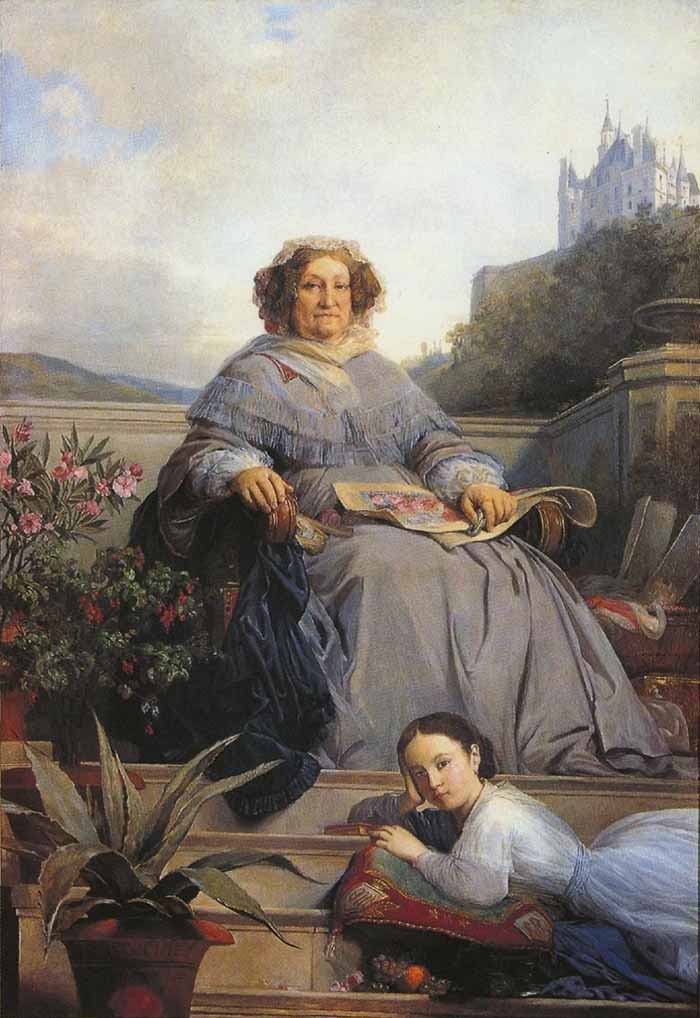 [8] Madame Clicquot and her great-granddaughter Anne de Rochechouart de Mortemart (the future Duchesse d’Uzès), by Léon Cogniet in 1862 (via Wikipedia). A pioneer in her own right, Anne (1847-1933) was the first woman in France to receive her driving license and drive racing cars. |
||
